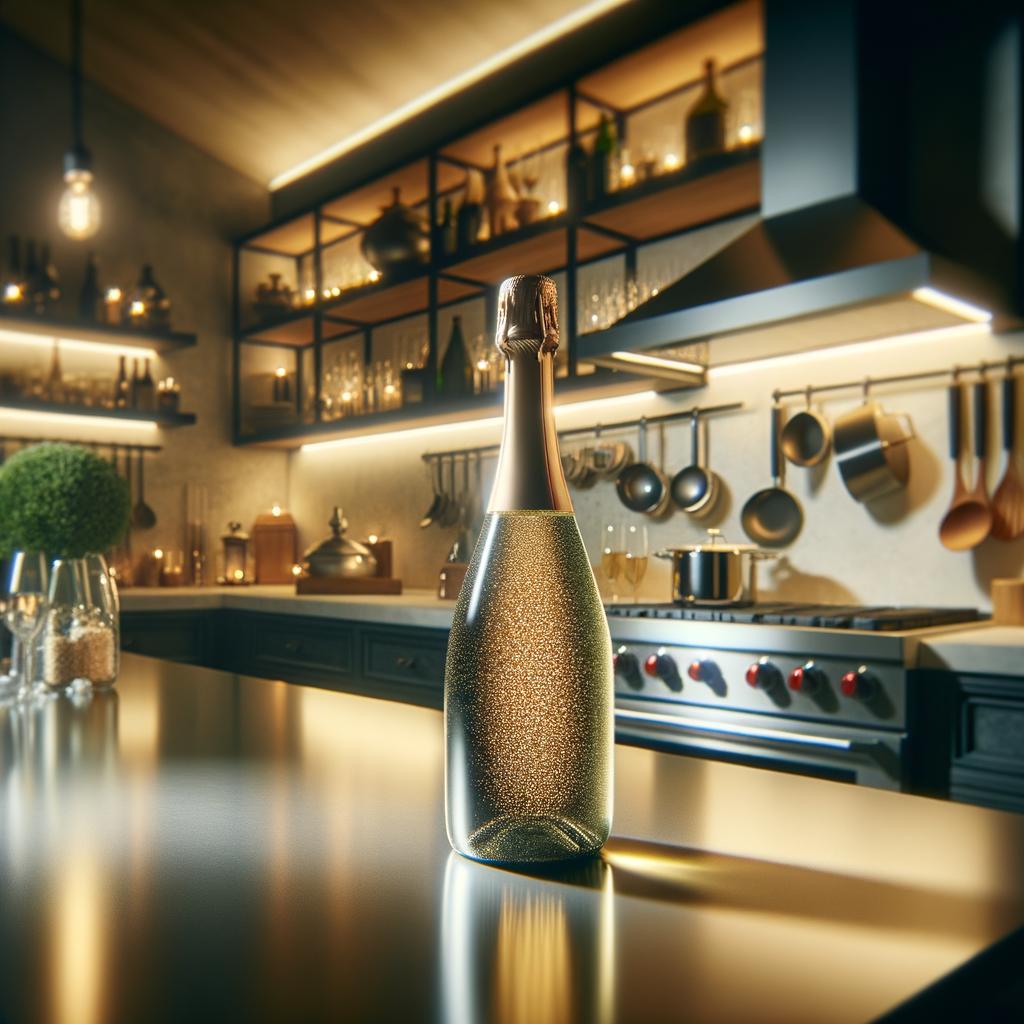Sparkling Wine

Description
Sparkling wine, the effervescent elixir of joyous occasions, is a beverage that instantly evokes a sense of celebration and luxury. It is characterized by its vivacious bubbles, which dance and twirl in the glass, creating a visual spectacle. The color of sparkling wine can range from the palest straw to a deep amber, depending on the type of grapes used and the length of aging. Its texture is crisp and refreshing, a delightful balance of acidity and sweetness. The flavor profile is complex and varied, encompassing notes of fresh fruits, baked bread, honey, and sometimes a hint of minerality. The hallmark of sparkling wine is its effervescence, a unique characteristic that sets it apart from other wines, resulting from a second fermentation process that traps carbon dioxide inside the bottle or fermentation vessel.
Primary Uses
Sparkling wine is a versatile ingredient in the culinary world. It is traditionally served as an aperitif before meals, but it can also be paired with a variety of dishes, from delicate seafood to robust meats, and even desserts. In cooking, it is used to deglaze pans, add depth to sauces, and infuse lightness into batters. It is a key component in many cocktails, such as the classic Champagne cocktail, Bellini, and Mimosa. Beyond the culinary realm, sparkling wine holds a significant place in many cultural celebrations and rituals around the world.
History
The history of sparkling wine is steeped in romance and intrigue. It was first produced in the region of Champagne, France, in the 17th century, although the technique of making wine sparkle was likely an accidental discovery. The most enchanting story is that of the Benedictine monk Dom Pérignon, who is often (though inaccurately) credited with inventing Champagne. The popularity of sparkling wine has grown exponentially over the centuries, evolving from a beverage reserved for royalty to a drink enjoyed by people worldwide on special occasions. It is also associated with numerous traditions, such as toasting newlyweds or christening ships.
Nutritional Information
Sparkling wine, like all wines, contains a number of nutrients. It is low in calories, with a 5-ounce serving containing around 90-100 calories. It is rich in antioxidants, particularly polyphenols, which have been linked to heart health. It also contains trace amounts of minerals like potassium and fluoride. Compared to still wines, sparkling wine tends to have a lower alcohol content and contains carbon dioxide, which can create a sense of satiety, potentially helping to moderate consumption. However, like all alcoholic beverages, it should be consumed in moderation due to the potential health risks associated with excessive alcohol consumption.

